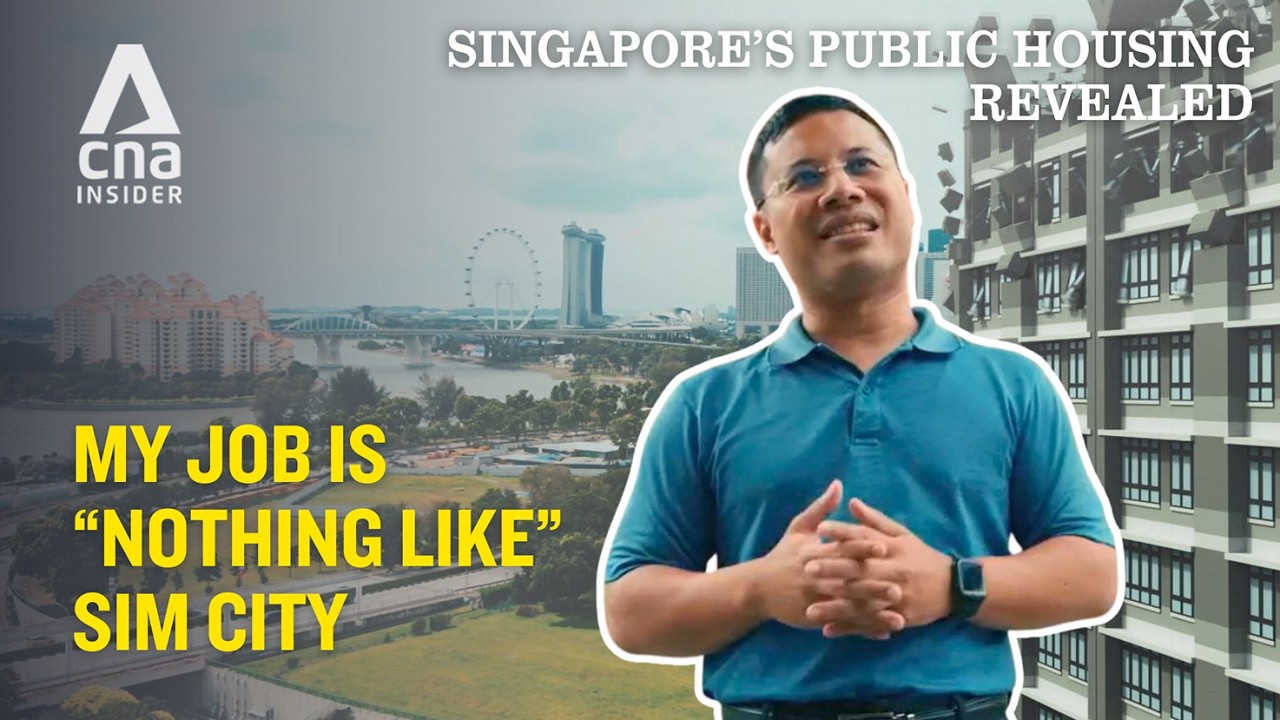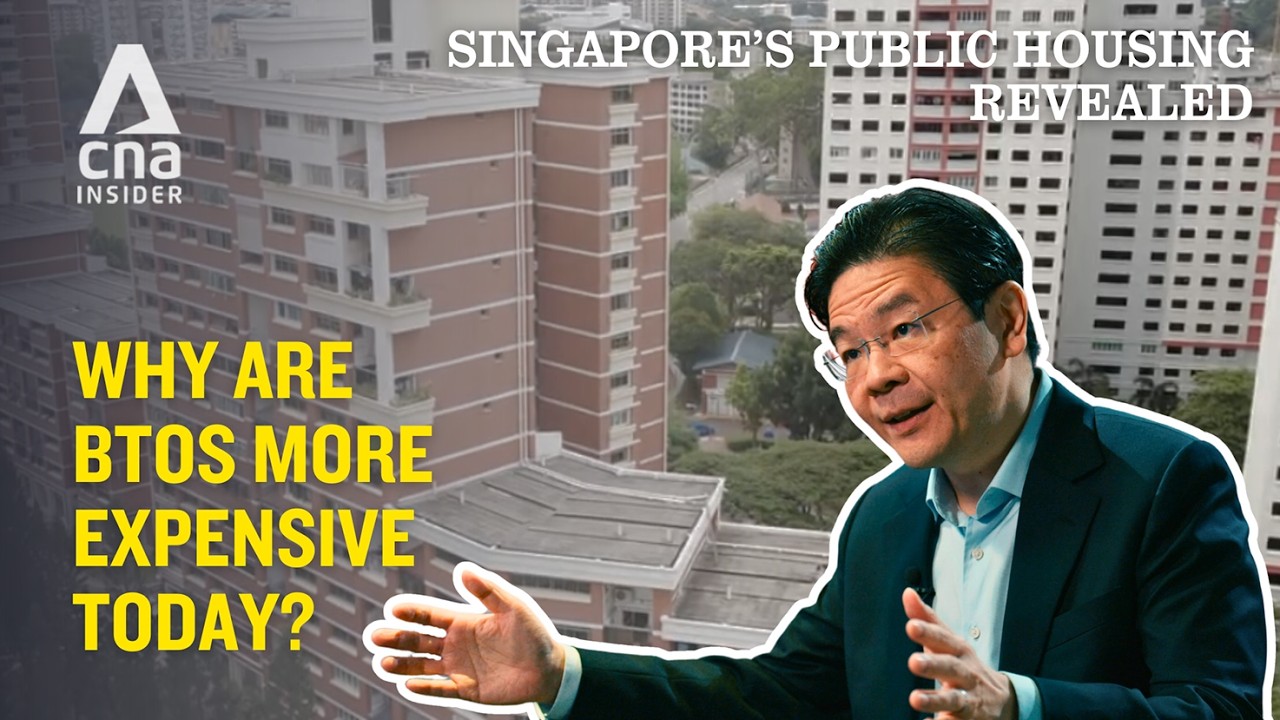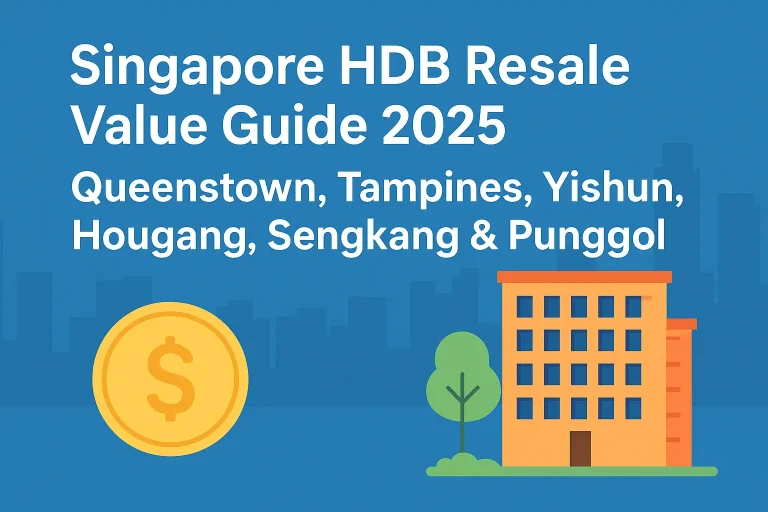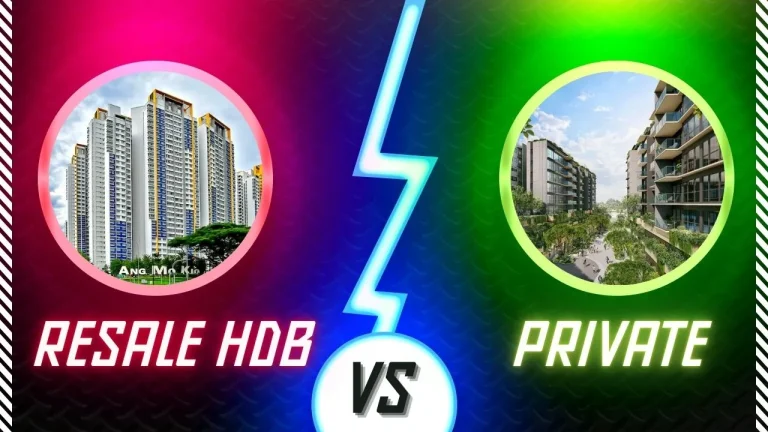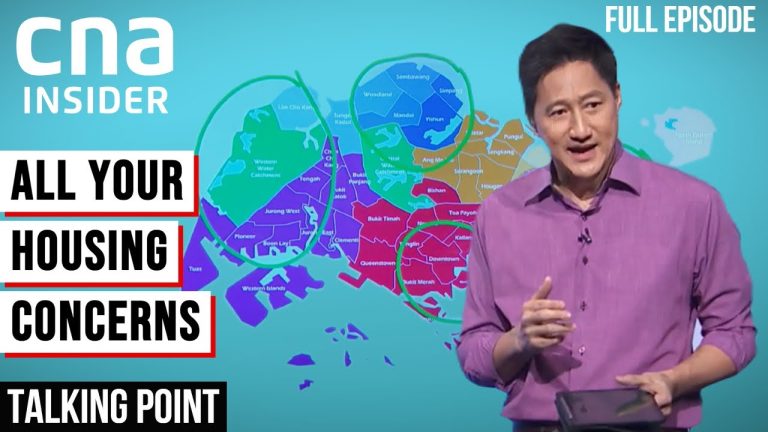Understanding HDB BTO Balloting: Navigating Singapore’s Housing Challenge
In Singapore, securing a BTO flat can feel like winning the lottery, especially given the intricate balloting process involved. In this blog, we will explore the complexities of HDB BTO balloting, how the system has evolved, and the ongoing challenges of supply versus demand in public housing.
Table of Contents
- Why is it so hard to get a BTO flat?
- How BTO balloting used to work
- How does BTO balloting work today?
- Why can’t I get my flat?
- How the BTO balloting system came to be
- Housing allocation systems over the years
- Will supply ever catch up to demand?
- Why can’t singles have more access to flats?
- Planning public housing for the future
- The Role of Algorithms in Balloting
- Priority Schemes Explained
- Understanding Queue Numbers
- Ethnic Integration Policy and Its Impact
- The Challenges of Public Housing Allocation
- Future Trends in Public Housing
- FAQ: Common Questions About HDB BTO Balloting
Why is it so hard to get a BTO flat?
Securing a BTO flat in Singapore is no small feat. The overwhelming demand often leaves many applicants feeling frustrated and disheartened. With economic growth and low-interest rates driving demand higher, the supply simply cannot keep up. Each sales exercise sees oversubscriptions, sometimes by tenfold. This imbalance creates a competitive environment where many hopeful homeowners find themselves without a flat.
Moreover, the prioritization in the balloting system favors first-time families. This means that second-time applicants and singles face even stiffer competition. The emotional toll of repeated applications without success can be immense, as many question their chances and the fairness of the system.
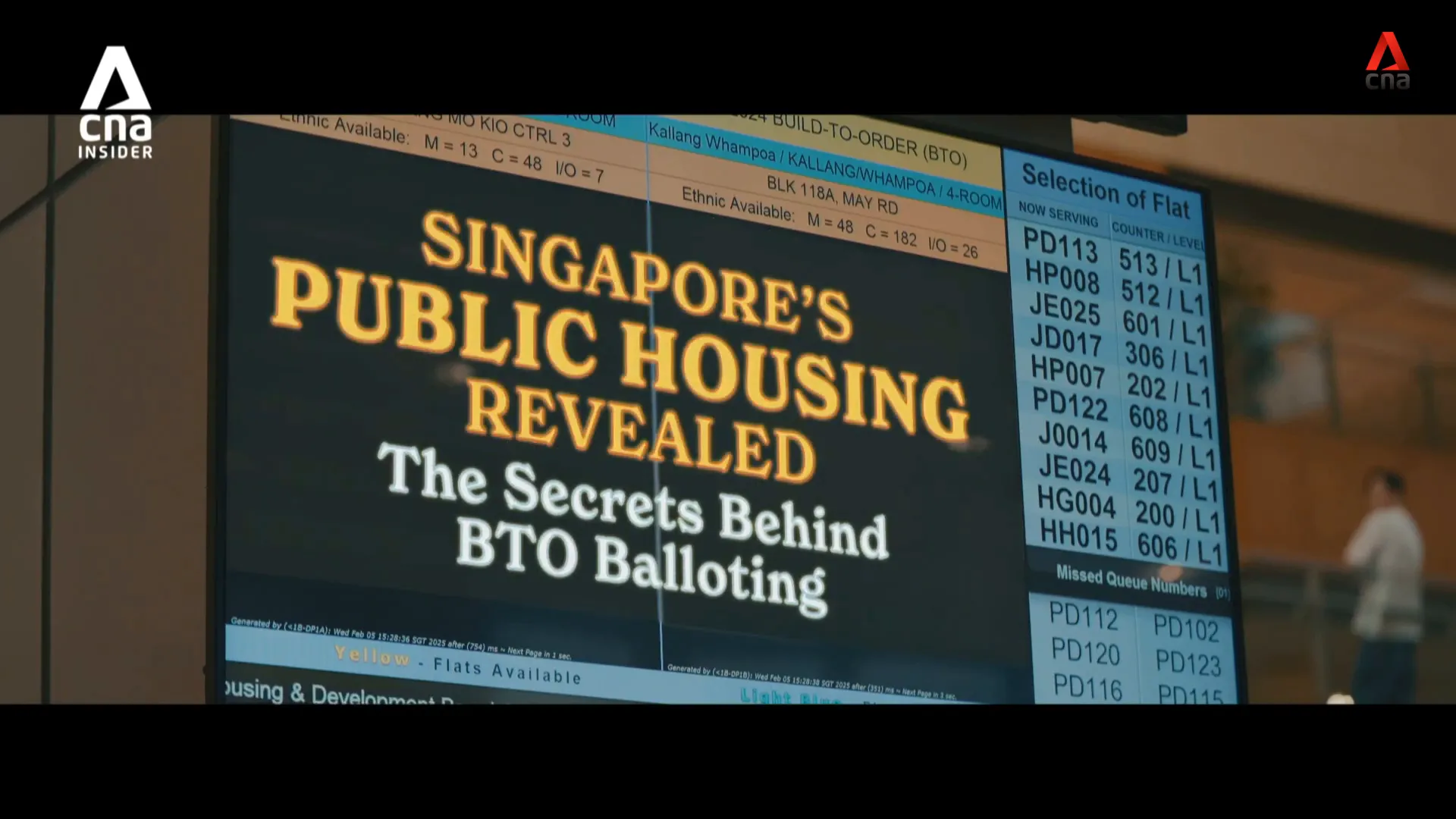
How BTO balloting used to work
The balloting process has evolved significantly since its inception. In the early years, specifically starting in 1964, the system was simple: buyers gathered for a balloting ceremony, where grassroots representatives would match applicants with available flats. This method was transparent but inefficient, especially as the number of applicants grew.
Back then, applicants could choose their flat locations based on a first-come-first-served basis, but the exact unit was left to chance. As the market changed, and more applications flooded in, it became clear that a new approach was necessary to manage the growing complexities of public housing allocation.
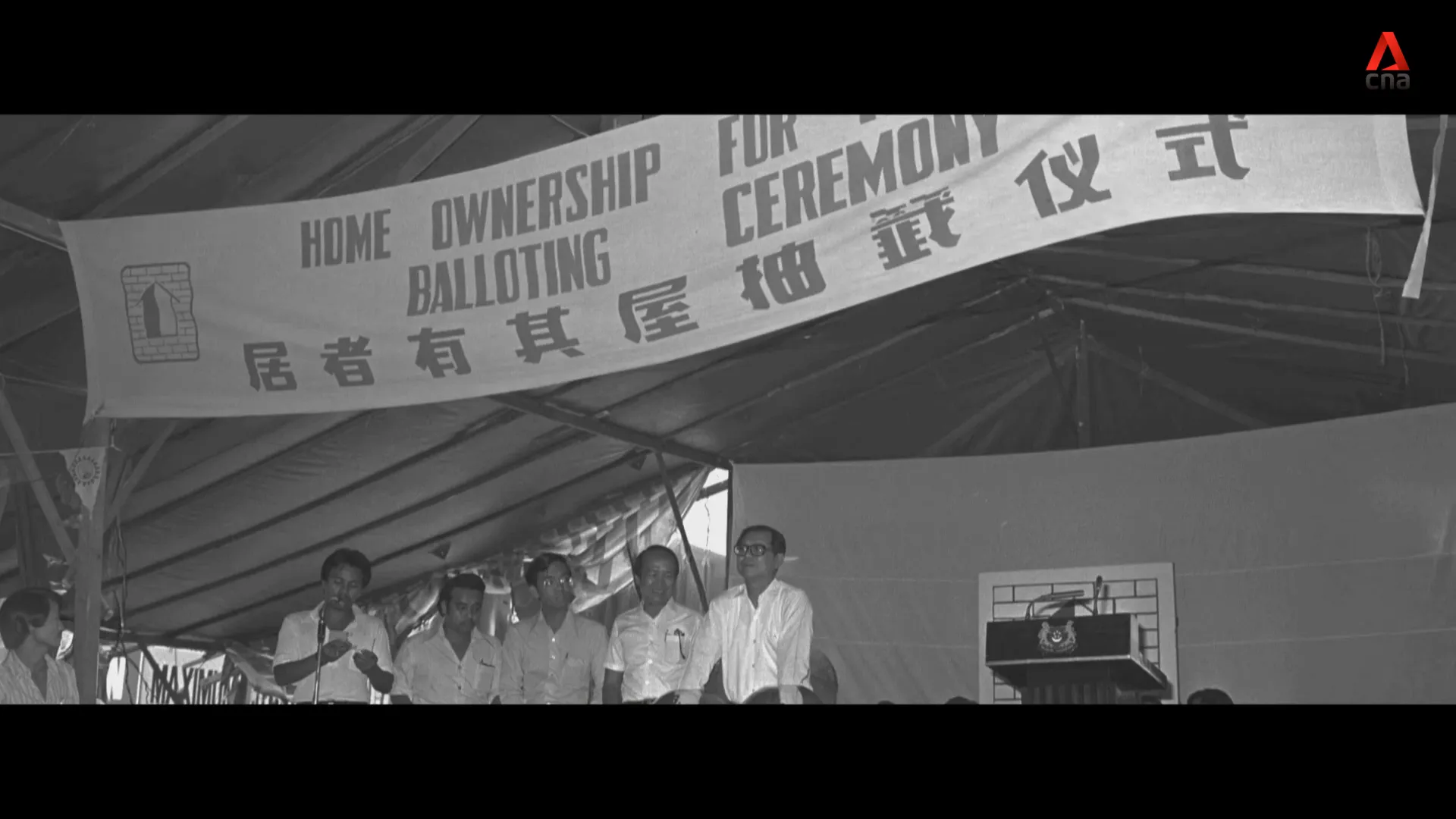
How does BTO balloting work today?
Today’s BTO balloting system is a far cry from its predecessors. With the introduction of algorithms, the selection process has become more structured. Applicants now need to meet specific criteria, such as being a Singapore citizen and fulfilling age and income requirements. Once you apply, your application joins a pool of others vying for the same flat type.
However, not everyone has an equal chance. First-time applicants benefit from multiple chances to enter the draw, while others may find their odds significantly reduced. The introduction of various priority schemes allows some groups to have a better shot at securing a flat, but this also means that the competition remains fierce.
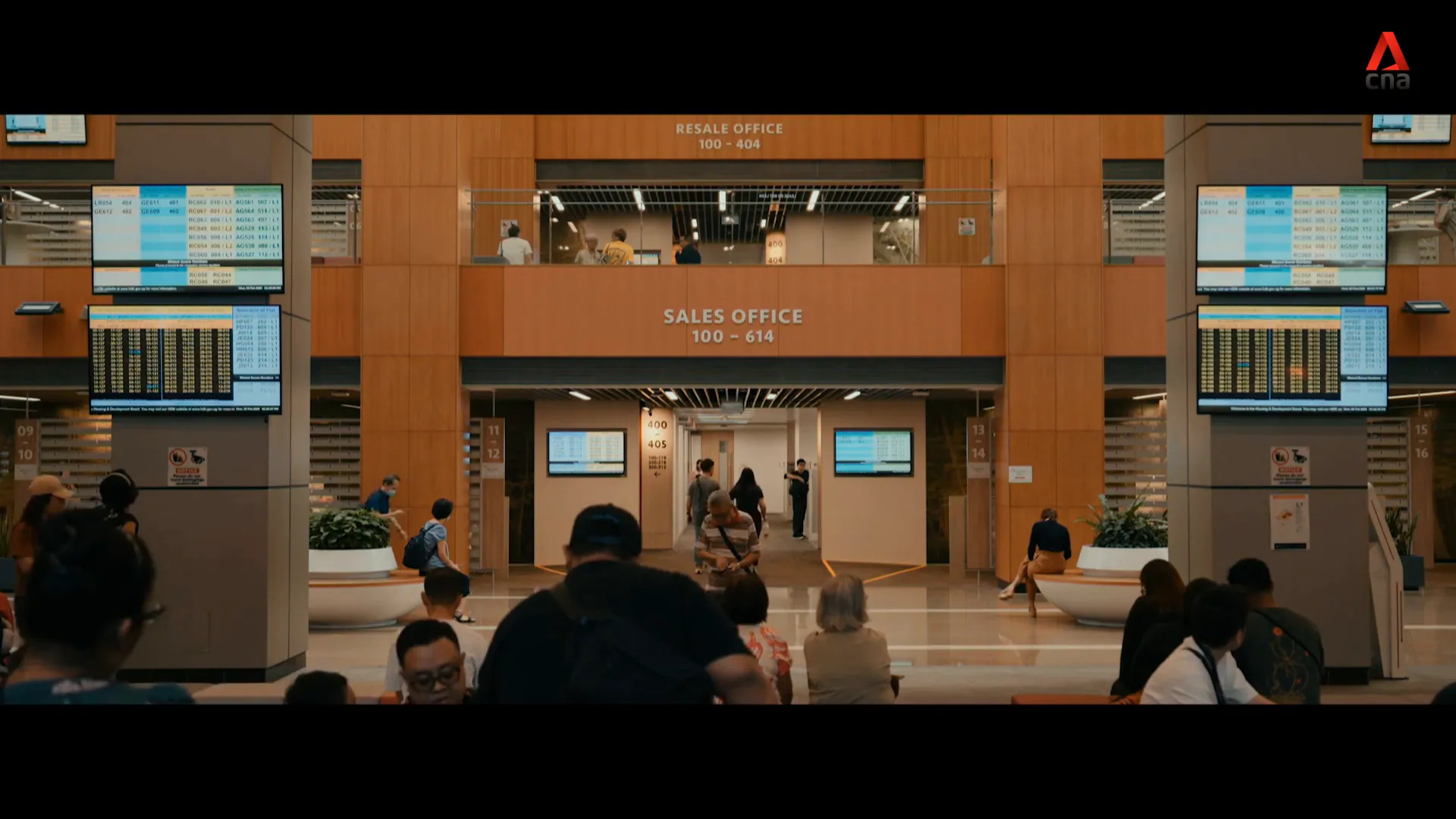
Why can’t I get my flat?
Many applicants find themselves asking this question after multiple unsuccessful attempts. The reasons are multifaceted. The sheer number of applications far exceeds the available flats, particularly in popular areas. In addition, the prioritization of certain groups, such as families with children, means that other applicants may be left waiting longer.
Moreover, the emotional aspect cannot be overlooked. Many people feel a strong attachment to the idea of homeownership, and repeated disappointments can lead to feelings of inadequacy or frustration. The system is designed to manage limited resources, but it often leaves some applicants feeling marginalized.
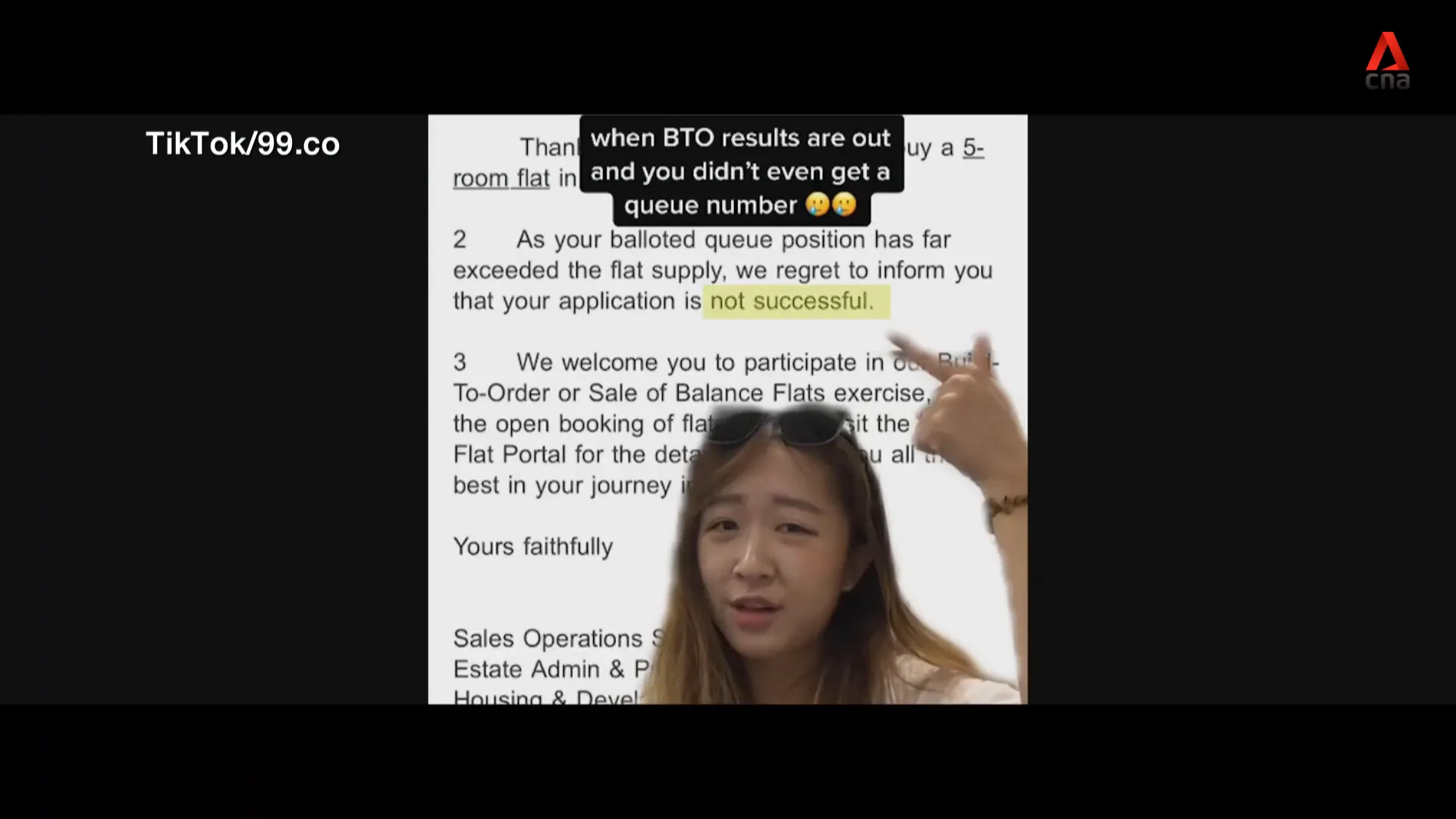
How the BTO balloting system came to be
The current BTO system was introduced in 2001, emerging from the need for a more efficient allocation method. Prior to this, the Registration for Flat System (RFS) was in place, which allowed buyers to queue for flats that were built ahead of bookings. However, this approach became unsustainable as the demand fluctuated, particularly after the Asian financial crisis.
The BTO system shifted the focus to building flats only when there was sufficient interest, allowing applicants to choose their desired location. This transition aimed to provide more certainty and control for buyers, but it also introduced new challenges as demand surged in the years following its implementation.
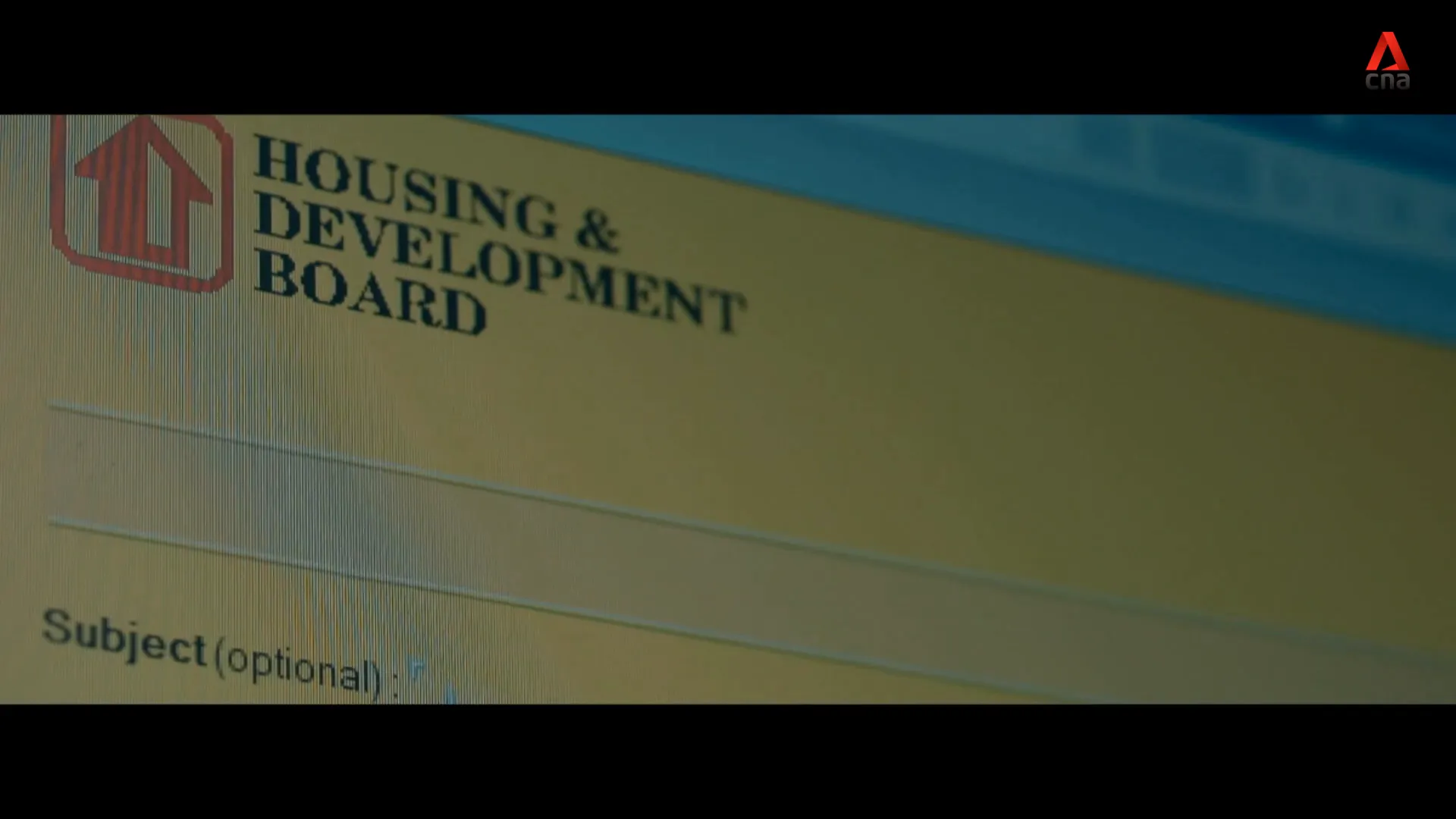
Housing allocation systems over the years
Singapore’s housing allocation systems have undergone several transformations to adapt to changing demographics and economic conditions. Initially, the RFS provided a straightforward queuing system, but as the nation progressed and more people sought to own homes, the need for a more nuanced approach became clear.
The BTO system, while more flexible, still faces challenges. The government has tweaked the process over the years, especially during periods of high demand. As new policies are introduced, the focus remains on balancing supply with the diverse needs of the population. However, the struggle to meet housing aspirations continues, reflecting the complexities of urban planning in a limited land space.
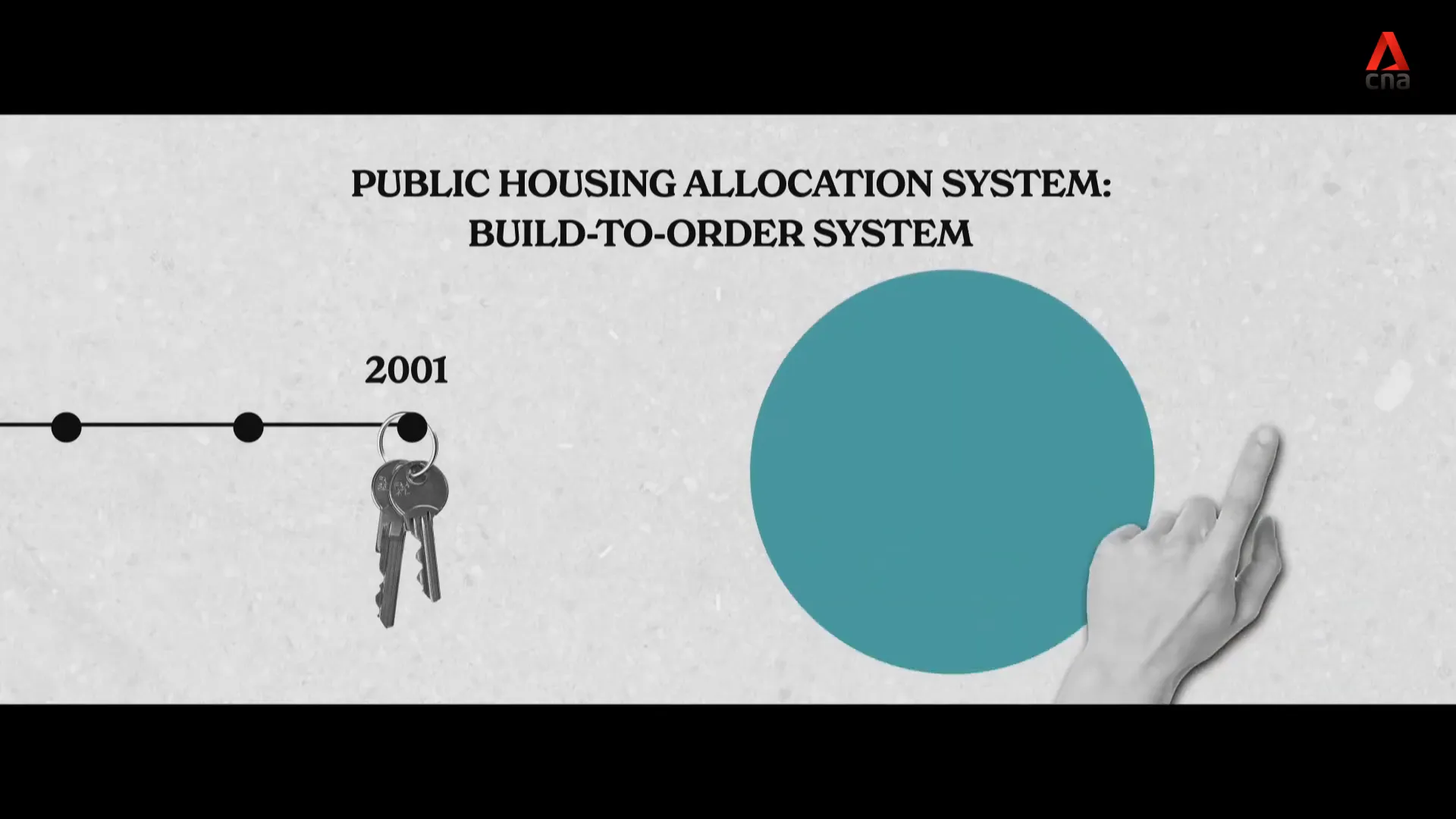
Will supply ever catch up to demand?
The question of whether supply will ever catch up with demand is complex. Since 2010, demand for HDB BTO flats has consistently outstripped supply. Economic growth and low-interest rates have compounded this issue, pushing many to vie for a limited number of units.
Despite efforts to ramp up construction, the reality is that Singapore’s land constraints limit the speed at which new flats can be built. For instance, from 2011 onwards, HDB has launched between 15,000 to 27,000 BTO units annually. Yet, the number of applicants often far exceeds this supply. In many cases, projects are oversubscribed, with some seeing application rates as high as tenfold.
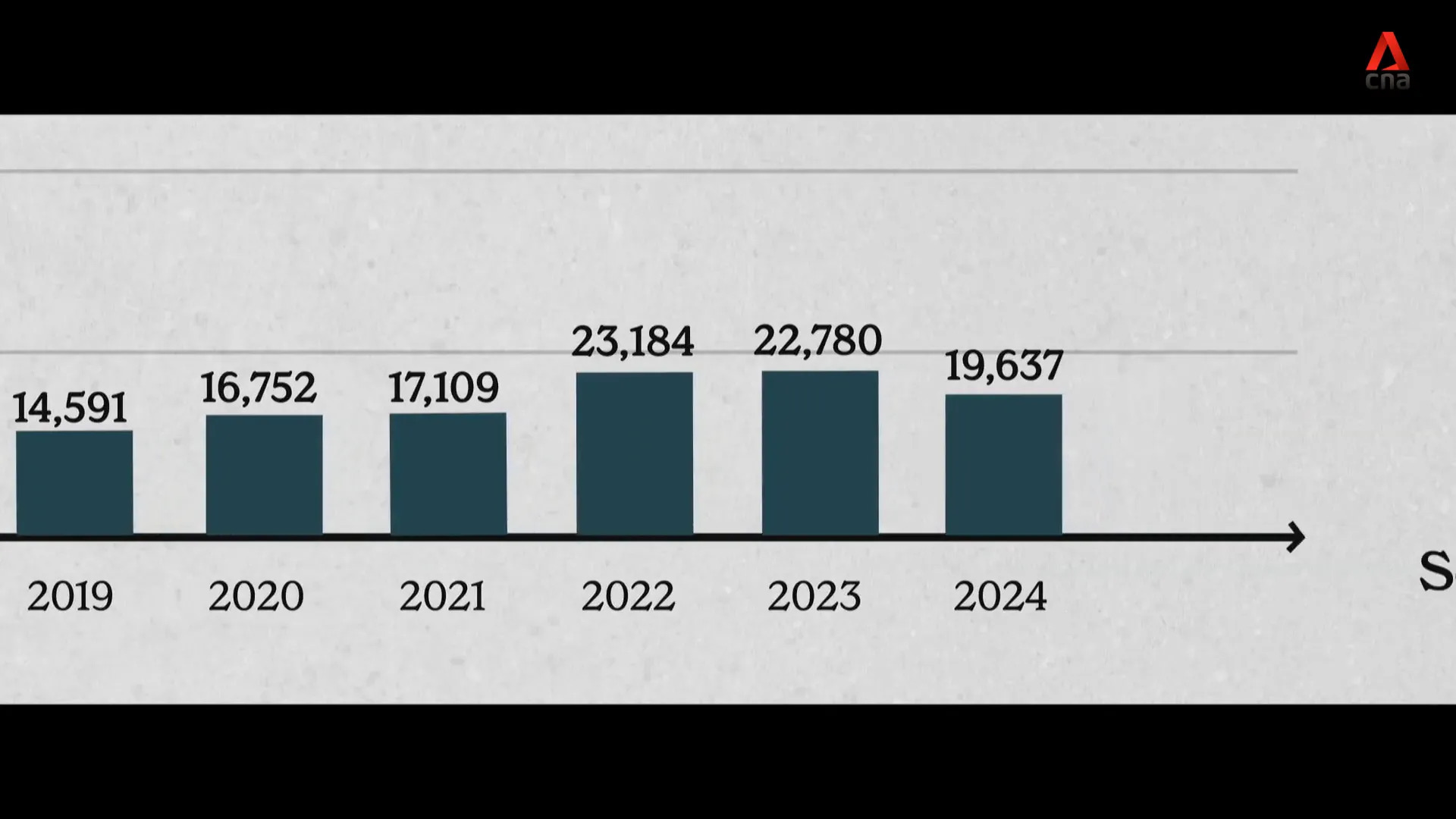
Addressing the Demand-Supply Gap
To tackle this imbalance, the government is exploring various strategies. These include increasing the construction of new flats and re-evaluating current land use. The upcoming reclamation projects and the relocation of existing facilities, such as the Paya Lebar Airbase, are part of this vision to create more housing opportunities.
Furthermore, by 2025, HDB aims to have around 150 BTO projects underway simultaneously, which could significantly boost the availability of flats. However, the challenge remains: even with these initiatives, the demand may still outpace supply due to the evolving preferences and needs of the population.
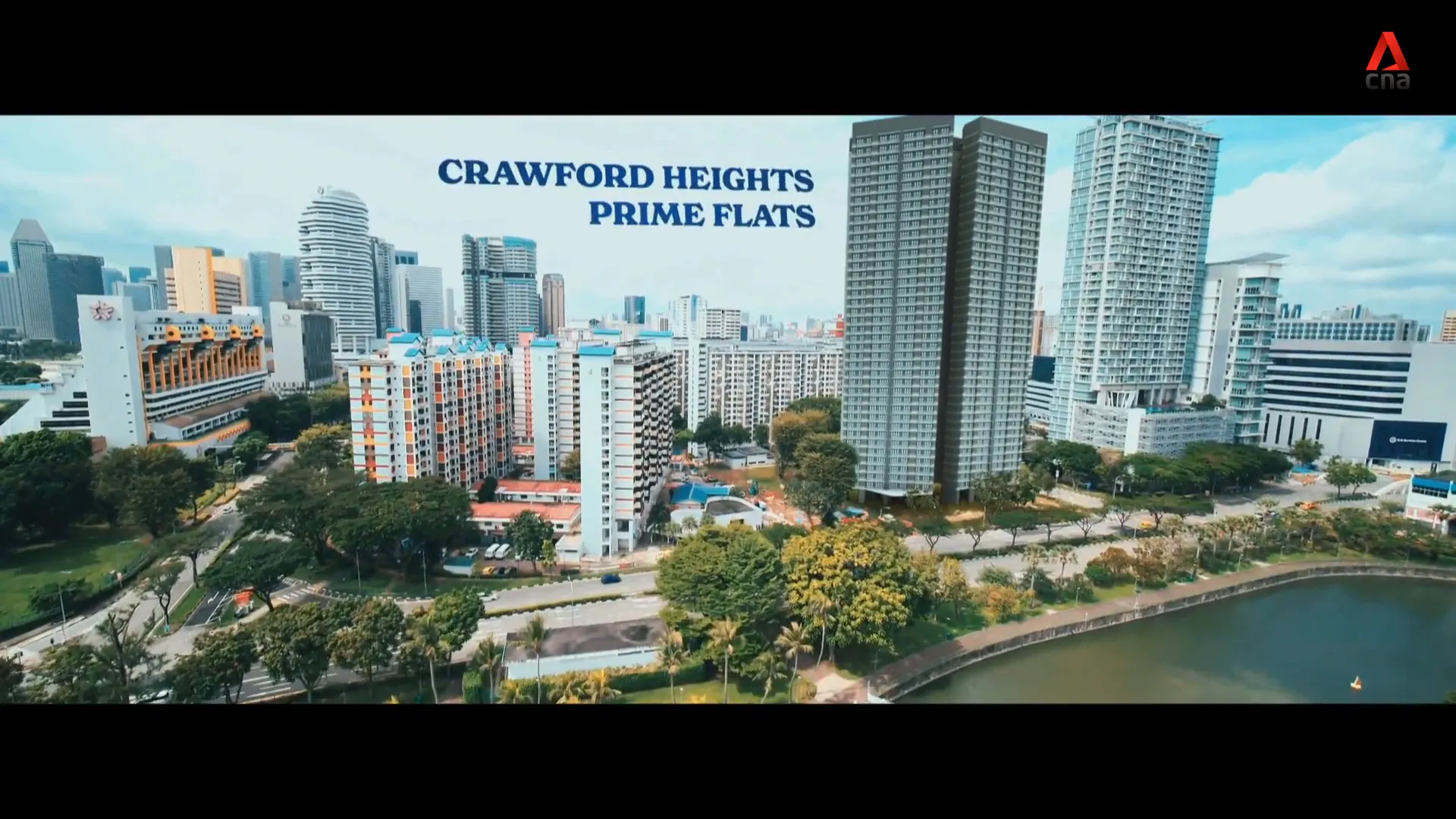
Why can’t singles have more access to flats?
Access to HDB BTO flats for singles is a topic of ongoing discussion. Currently, the allocation system primarily prioritizes first-time families, parents, and other specific groups. This prioritization stems from the government’s goal to support family formation and address urgent housing needs.
While it may seem unfair to some, this approach is necessary considering the limited resources available. The reality is that the demand from first-time applicants, especially those with children, is significantly higher. Consequently, singles often find themselves at a disadvantage in the balloting process.
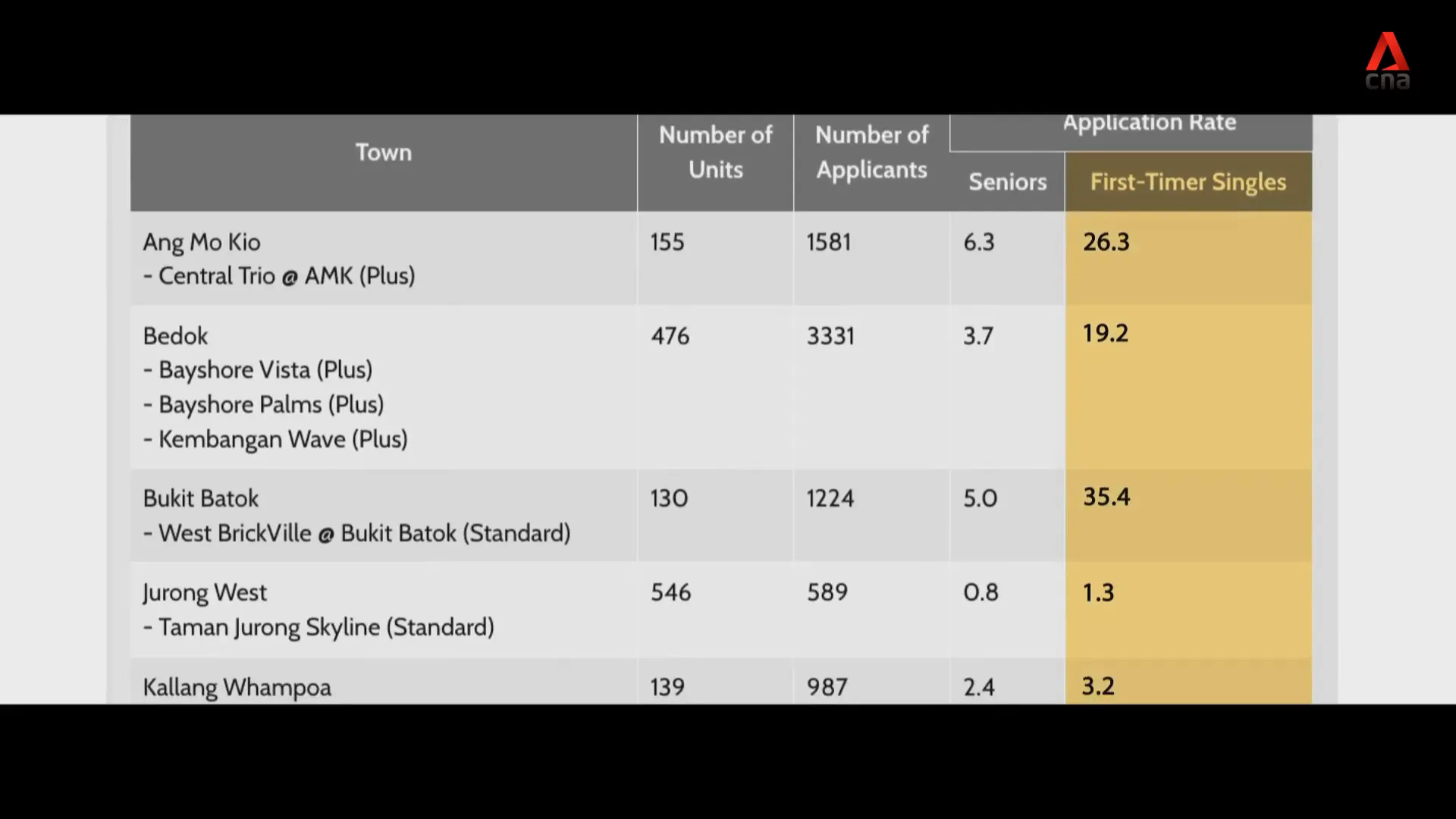
Understanding the Rationale
The rationale behind these restrictions lies in social objectives. Public housing is not merely about providing shelter; it’s about fostering community and supporting family-oriented policies. As such, the government has to prioritize groups that align with these objectives.
However, this doesn’t mean that the needs of singles are ignored. There are ongoing discussions about how to better accommodate single applicants in future housing plans, especially given the changing demographics.
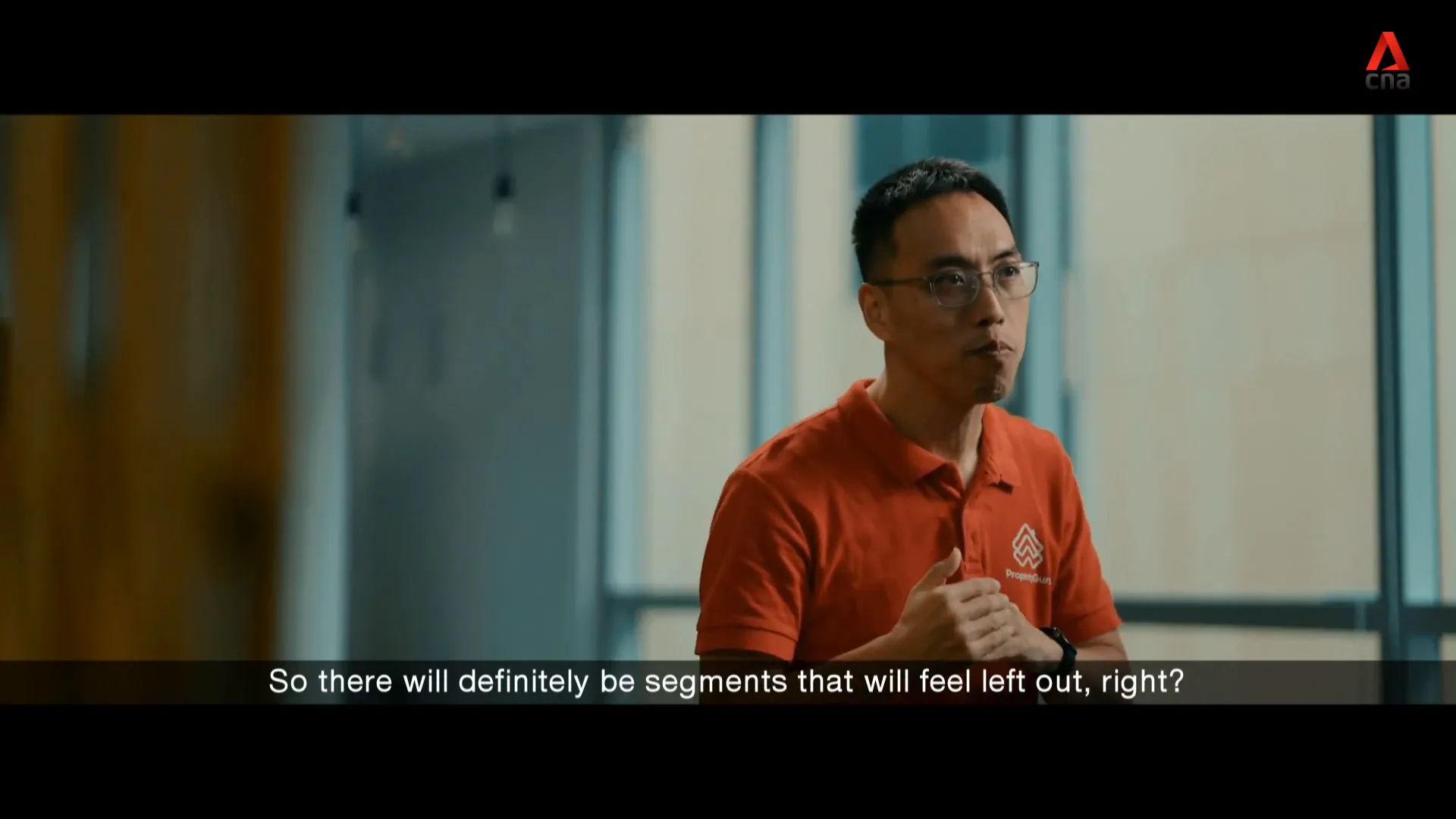
Planning public housing for the future
Looking ahead, the planning of public housing in Singapore is undergoing significant evolution. To address the growing population and changing demographics, the government is adopting a more flexible approach to housing development. This includes the potential for more mixed-use developments that integrate residential, commercial, and recreational spaces.
As we move towards the future, urban planners are considering various factors, including long-term demographic trends and household formation rates. For instance, the rise of singles and smaller households is prompting a rethink of flat types, with more emphasis on flexible living spaces.
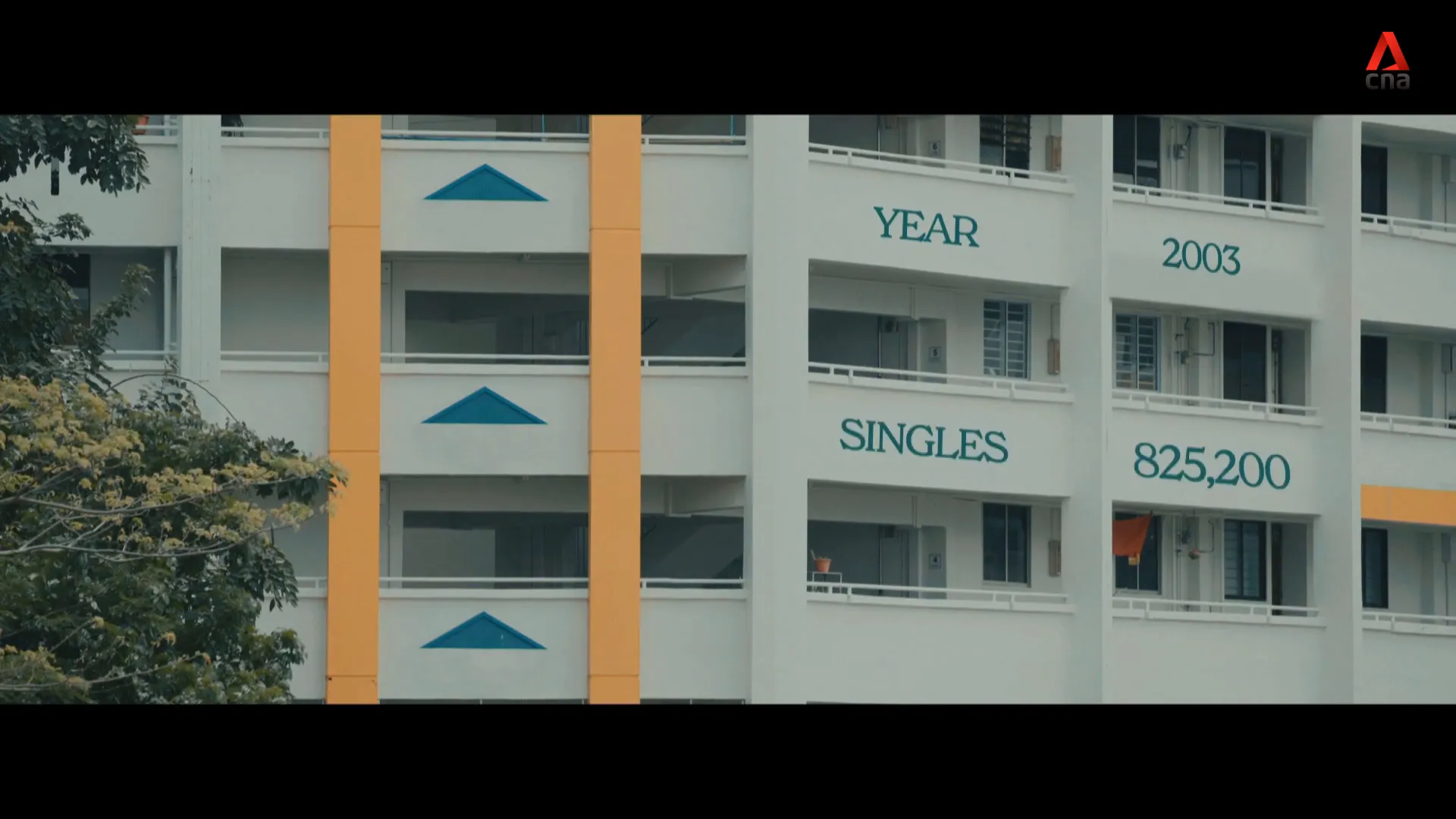
Strategies for Sustainable Growth
In addition to increasing flat availability, sustainability is a key focus. The government is committed to ensuring that new developments are environmentally friendly and integrated with public transport options. This not only enhances the living experience but also supports a green urban environment.
Moreover, the use of technology in planning and construction is being emphasized. Smart technologies can streamline processes and improve the efficiency of resource use, further aiding in the balance of supply and demand.
Other Related Articles:
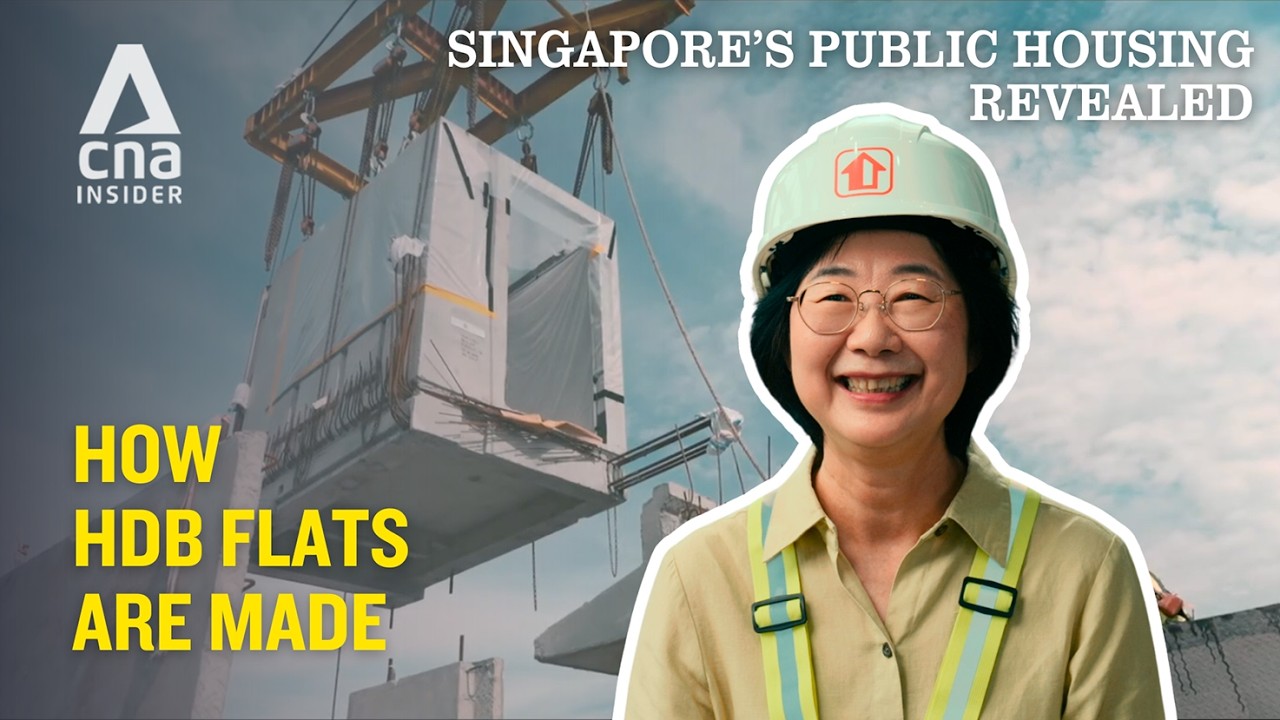

The Role of Algorithms in Balloting
The introduction of algorithms to the balloting process has revolutionized how flats are allocated. These algorithms ensure a fair and transparent selection process, taking into account various factors such as eligibility criteria and priority schemes.
When applicants submit their applications, the algorithms process this data, sorting candidates based on their qualifications and assigning queue numbers accordingly. This system reduces human error and enhances the efficiency of the balloting process.

Ensuring Fairness and Transparency
One of the main goals of using algorithms is to ensure fairness. By randomizing selections within priority groups, the system provides all applicants with a fair chance, regardless of their background. This is particularly important in a competitive environment where many are vying for the same flats.
Moreover, algorithms can adapt to changing conditions, allowing for adjustments based on demand fluctuations. This means that as more data becomes available, the system can be refined to better meet the needs of the population.
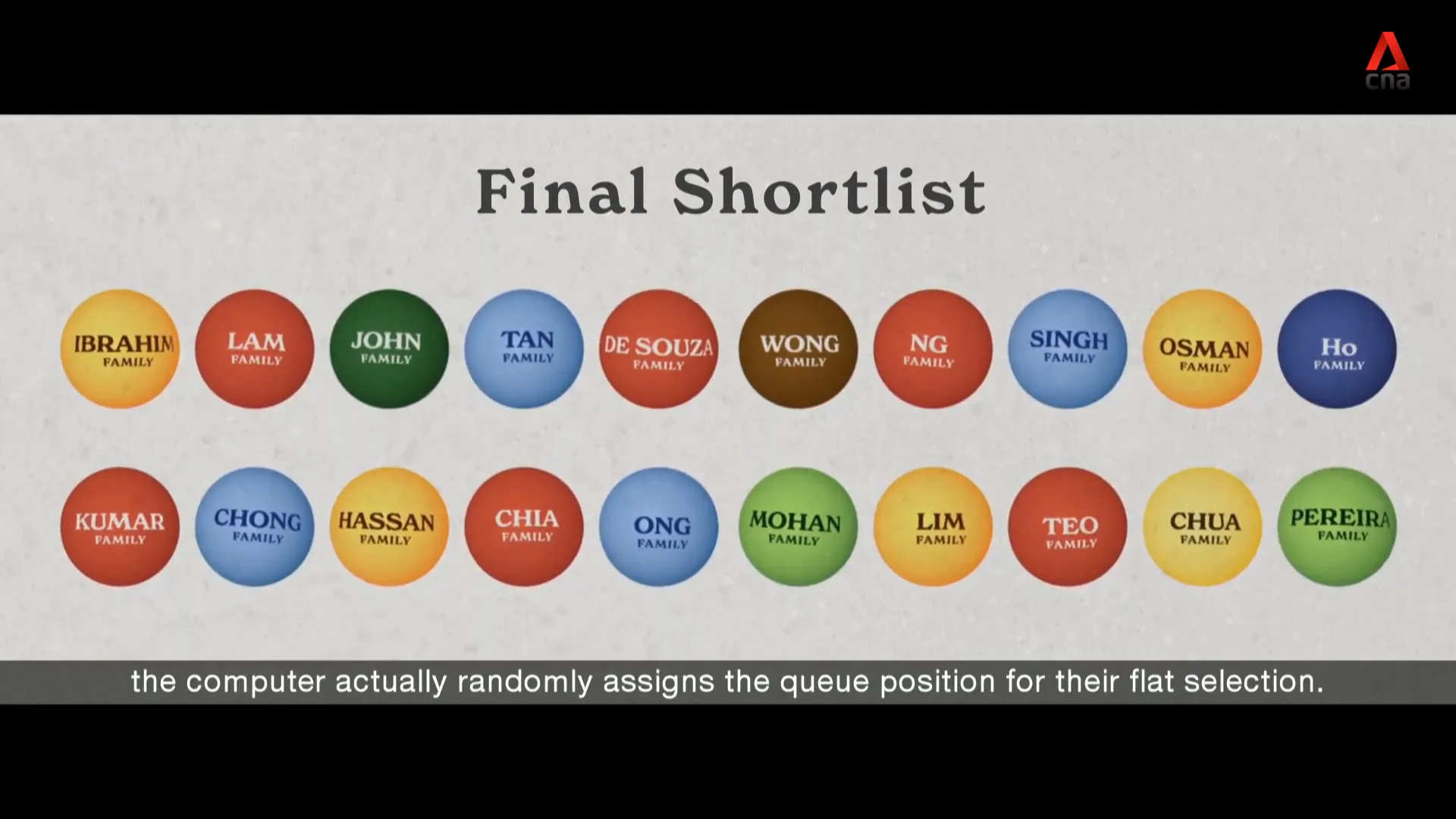
Priority Schemes Explained
Priority schemes play a crucial role in the HDB BTO balloting process, as they determine who gets the first chance at available units. These schemes are designed to address specific social objectives, such as supporting families or encouraging multi-generational living.
Some of the notable priority schemes include the Family and Parenthood Priority Scheme, the Multi-Generation Priority Scheme, and the Merit Child Priority Scheme. Each scheme has specific eligibility criteria, ensuring that those who are most in need receive priority in the allocation process.
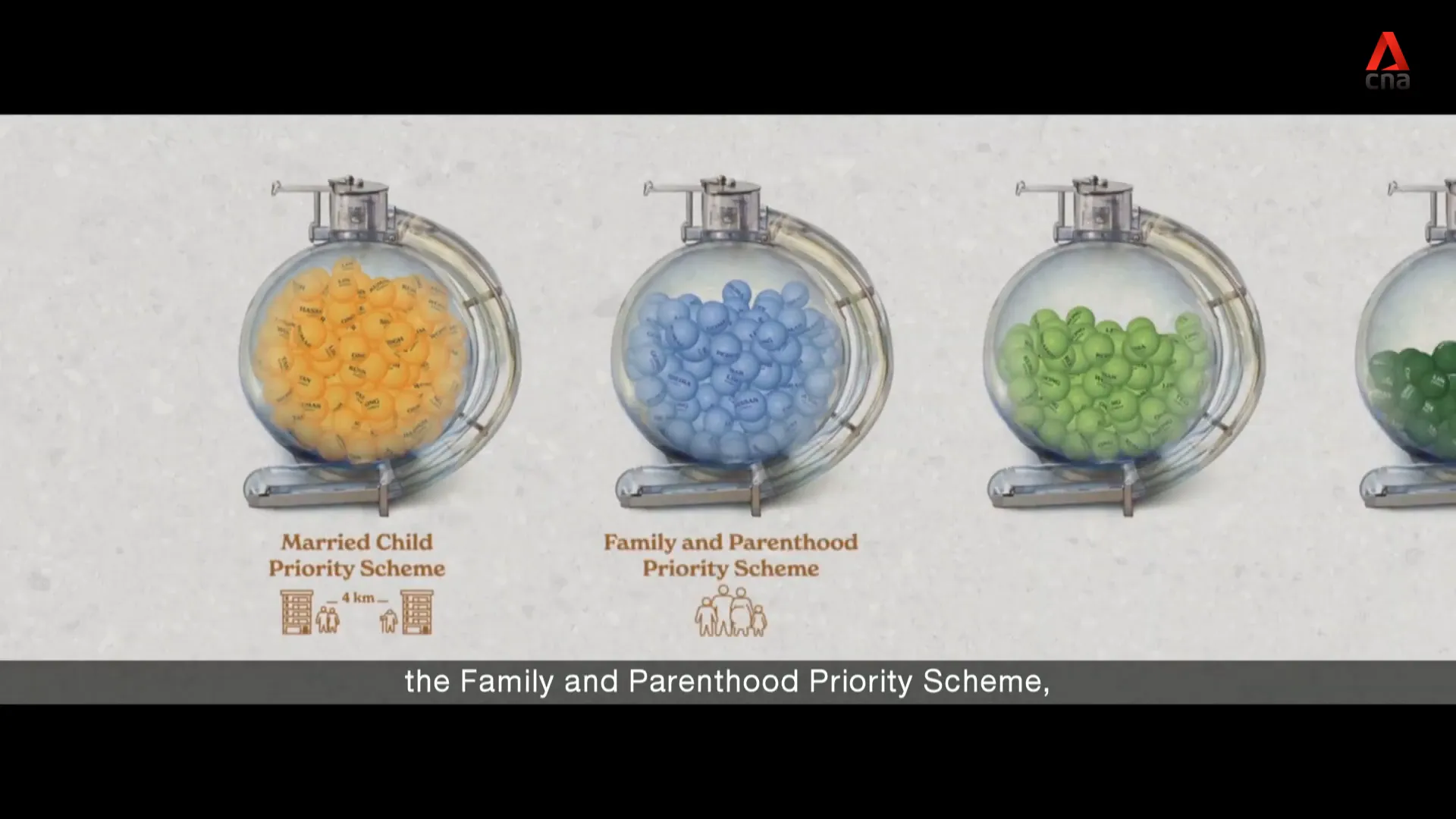
Understanding the Impact of Priority Schemes
While these schemes are beneficial for targeted groups, they can also create a sense of imbalance among other applicants. For instance, singles and second-time applicants often find themselves at a disadvantage due to the limited number of flats allocated to their demographics.
However, the government is continuously reviewing these schemes to ensure they remain relevant and effective. As societal needs evolve, so too will the priority schemes, adapting to better serve the entire population.

Understanding Queue Numbers
Queue numbers are a critical aspect of the balloting process. Once applicants are shortlisted, a queue number is randomly assigned, which determines the order in which they can select their flats. A lower queue number generally means a better chance of securing a preferred unit.
The assignment of queue numbers is not just a simple lottery; it takes into account various factors, including priority schemes and the number of flats available. This means that even within the same priority group, there can be significant variability in the queue numbers assigned.
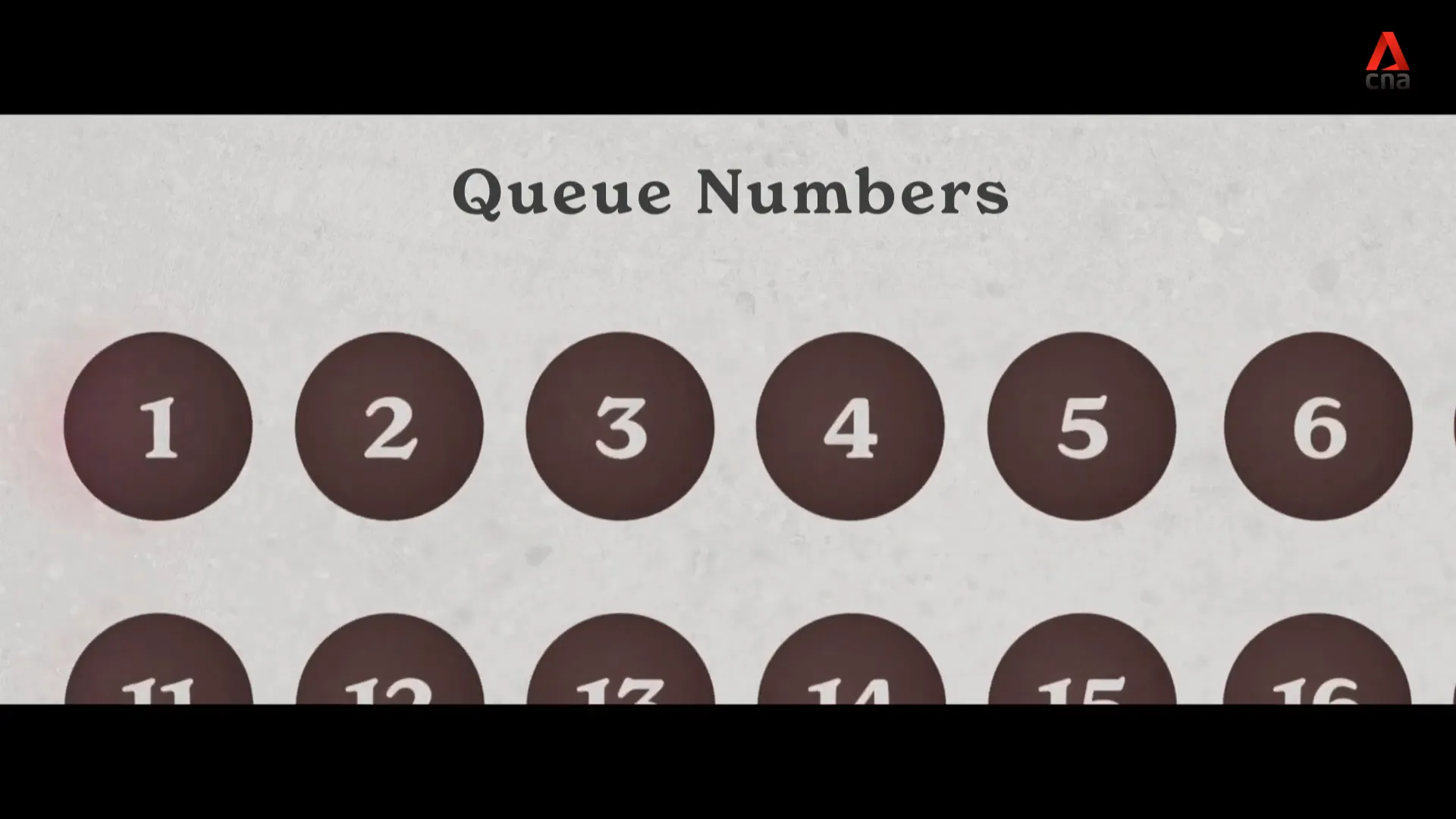
Strategies for Success
For applicants, understanding how queue numbers work can help in strategizing their applications. It’s essential to be aware of the different priority schemes and how they impact your chances. Additionally, keeping an eye on upcoming launches and being flexible with location preferences can increase the likelihood of securing a flat.
Ultimately, the balloting system is designed to be fair, but luck does play a role. Being informed and prepared can make a significant difference in navigating this complex landscape.
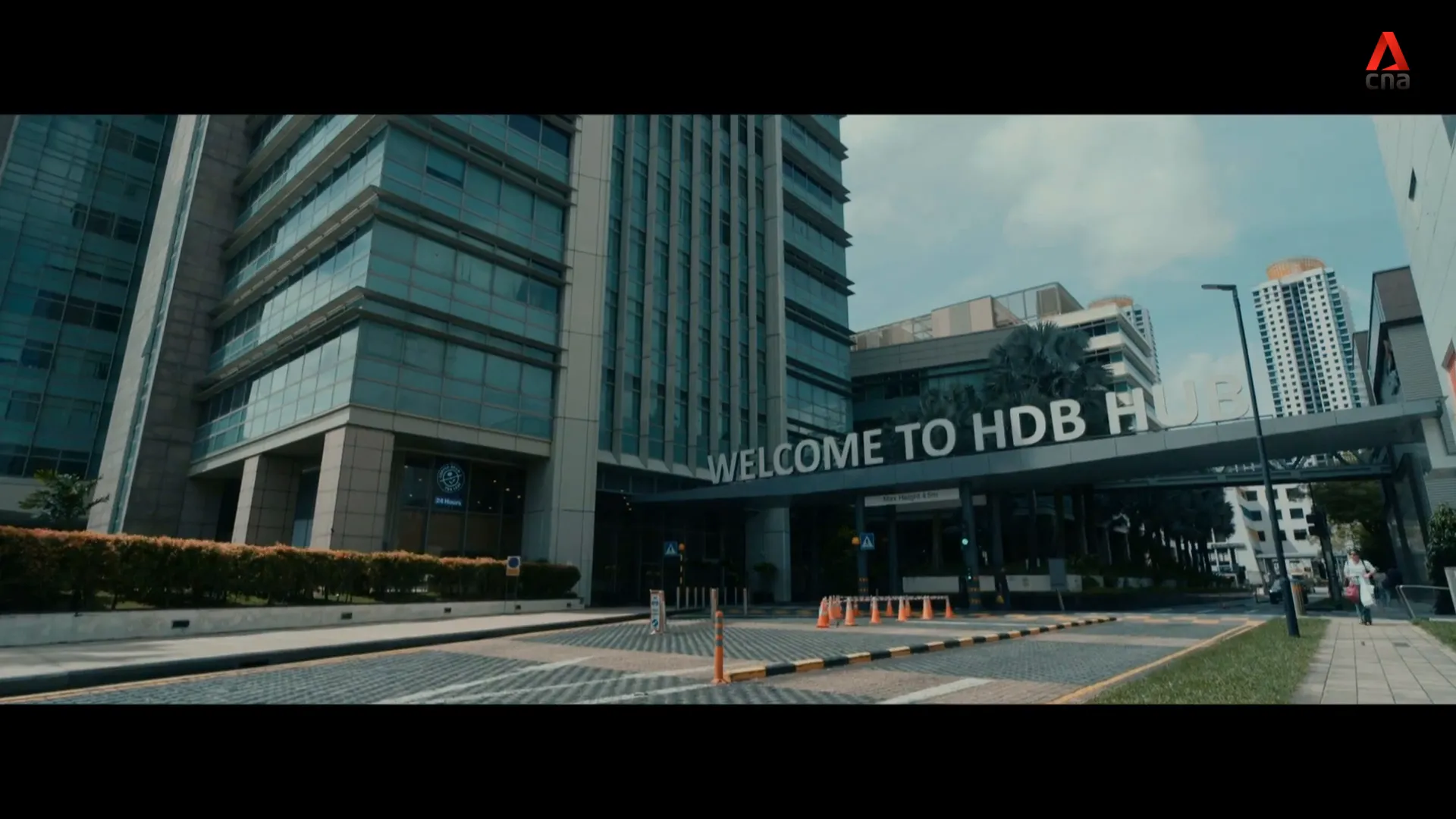
Ethnic Integration Policy and Its Impact
The Ethnic Integration Policy (EIP) has been a cornerstone of Singapore’s public housing landscape since its introduction in 1989. This policy aims to promote racial harmony by ensuring a balanced mix of ethnic groups in HDB estates. By regulating the proportion of different ethnic communities within each block and neighborhood, the EIP fosters inclusivity and diversity.
However, while this policy serves a vital social purpose, it also affects the allocation of flats. The caps set by the EIP can limit the number of available units for certain ethnic groups in specific locations, often leading to frustration among applicants. For instance, when a block reaches its ethnic quota, applicants from that group may find their options significantly narrowed.
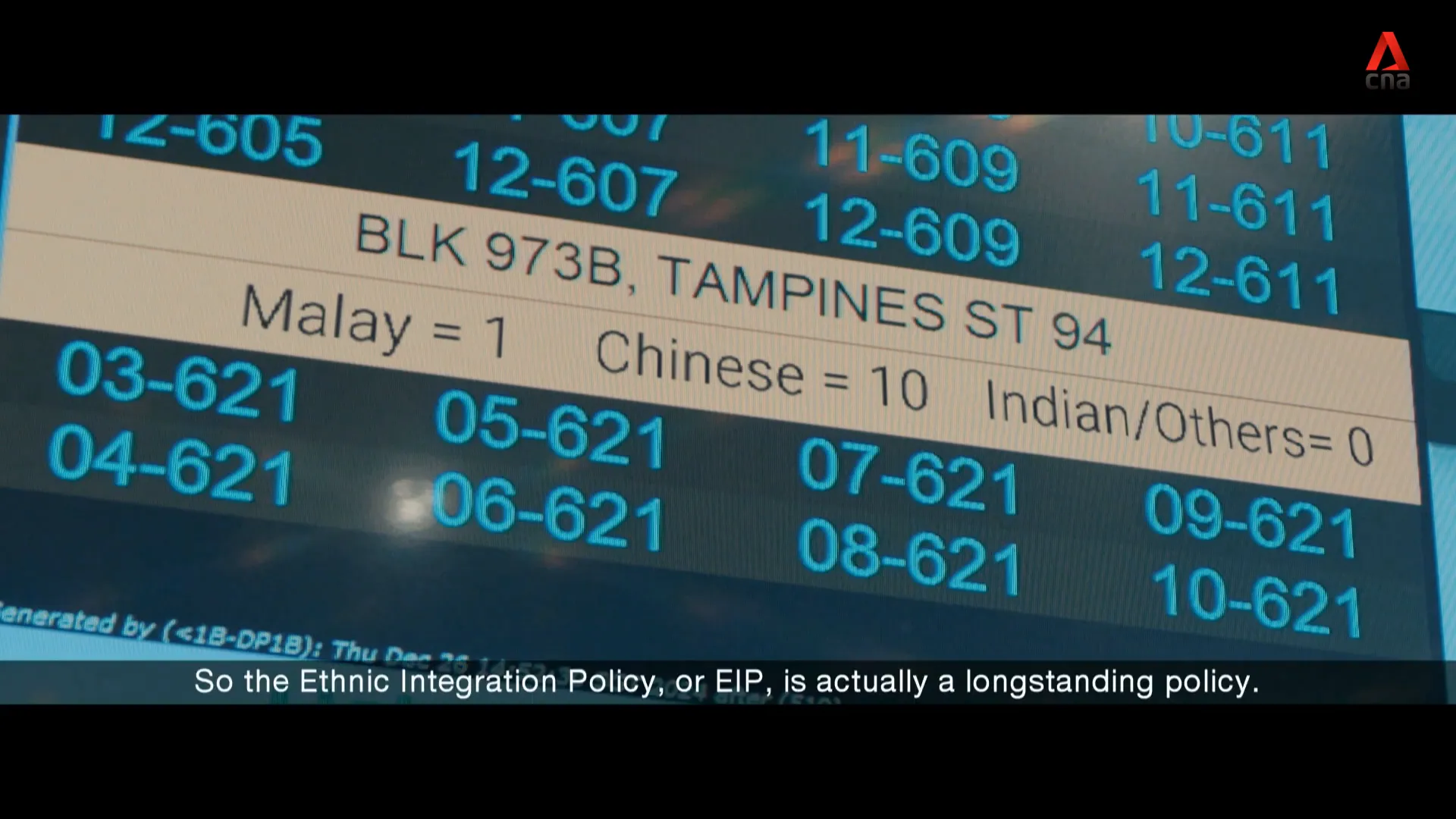
Understanding the Balancing Act
The balancing act of the EIP reflects Singapore’s commitment to social cohesion. The policy is not just about housing; it’s about building community. Each neighborhood’s demographic representation is carefully monitored to ensure that no single group dominates. Yet, this approach can sometimes leave applicants feeling sidelined, particularly during periods of high demand.
For those applying in less popular areas, the odds of securing a flat are generally more favorable. On average, applicants in these regions often secure a unit within three attempts, demonstrating that while the EIP is well-intentioned, it does create varying levels of accessibility depending on where one wishes to live.
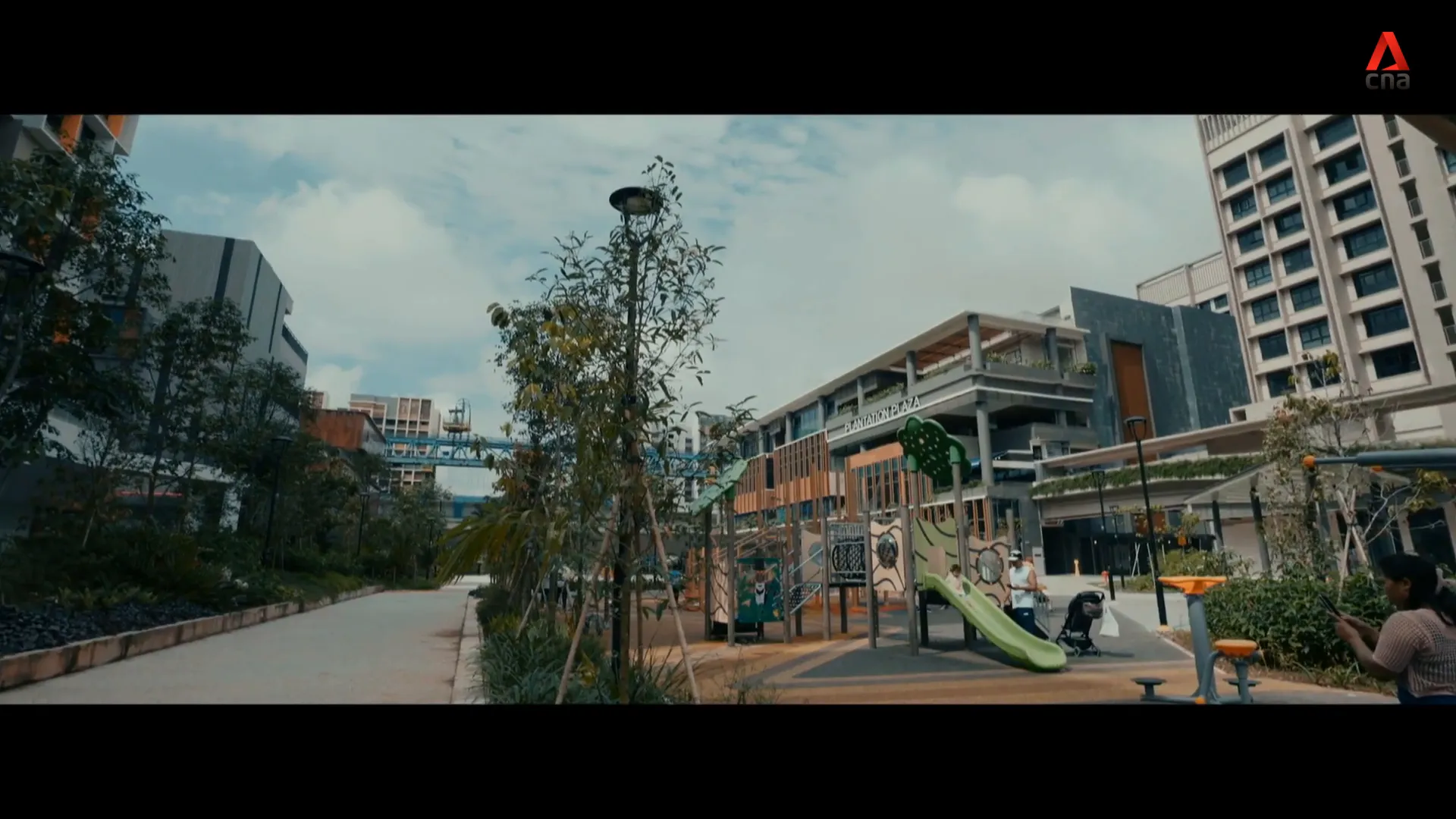
The Challenges of Public Housing Allocation
The challenges surrounding public housing allocation in Singapore are multifaceted. The competition is fierce, driven by a combination of limited supply and high demand. As we’ve seen, the balloting process can feel more like a lottery than a fair chance for homeownership.
One significant challenge is the emotional impact on applicants. Many people experience repeated disappointments, leading to feelings of frustration and helplessness. The uncertainty of whether they will ever secure a flat can weigh heavily on applicants, especially those who have invested time and hope into the process.
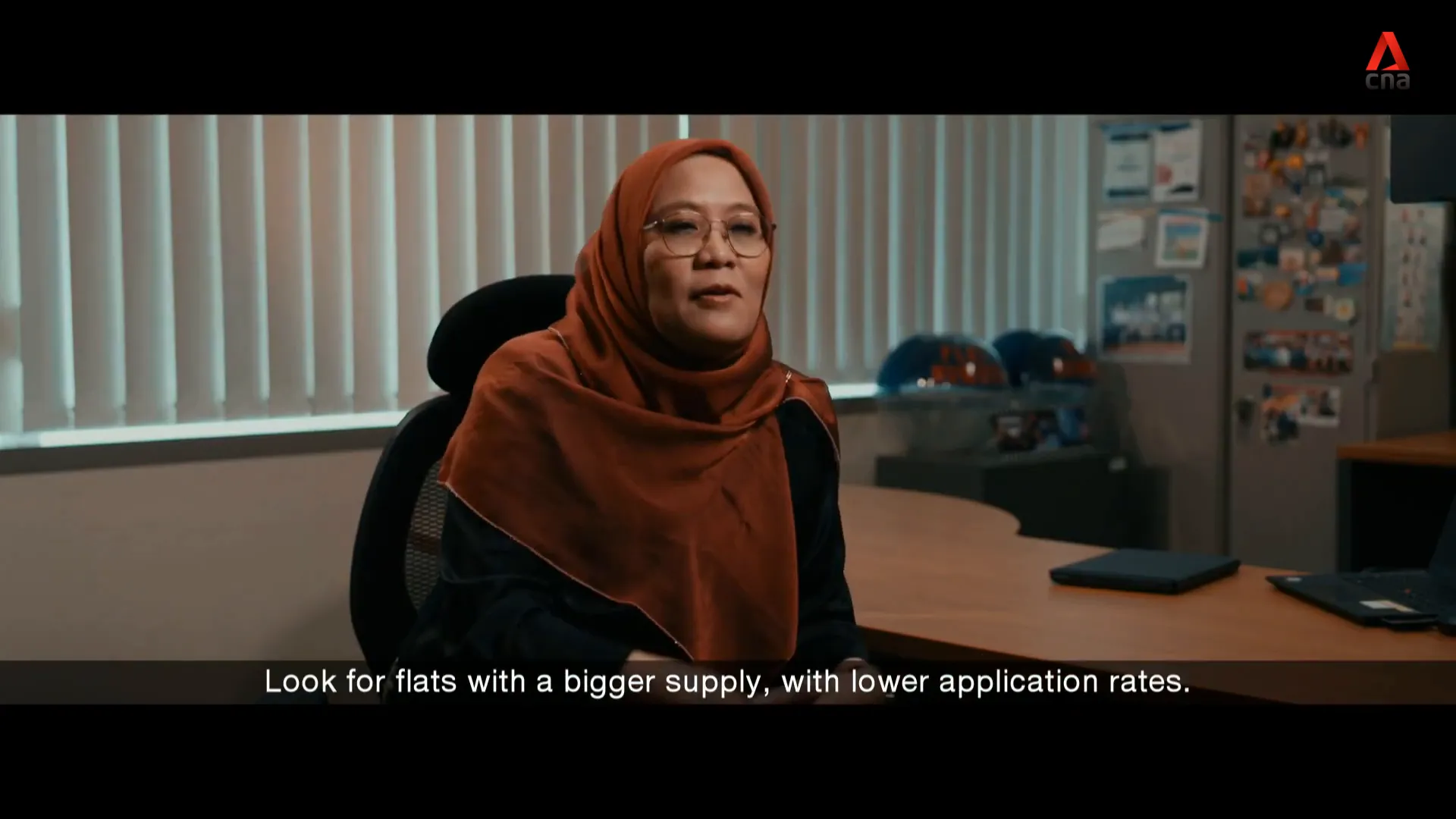
Addressing the Disparities
Addressing these disparities requires a nuanced approach. While the government has implemented various priority schemes, the reality is that not all applicants can be accommodated. Singles, second-time applicants, and those without children often find themselves at a disadvantage.
Moreover, the rising cost of living and economic pressures complicate this landscape further. As housing prices continue to climb, the dream of homeownership feels increasingly out of reach for many young Singaporeans. This escalating situation necessitates ongoing dialogue about how to better balance needs versus available resources.

Future Trends in Public Housing
Looking ahead, the landscape of public housing in Singapore is set for evolution. The government is keenly aware of the shifting demographics and changing needs of its population. One significant trend is the move towards more mixed-use developments that blend residential, commercial, and recreational spaces.
Additionally, the government aims to leverage technology to improve the efficiency of the balloting process and housing development. Innovations in urban planning and construction methods are being explored to maximize land use while minimizing environmental impact.
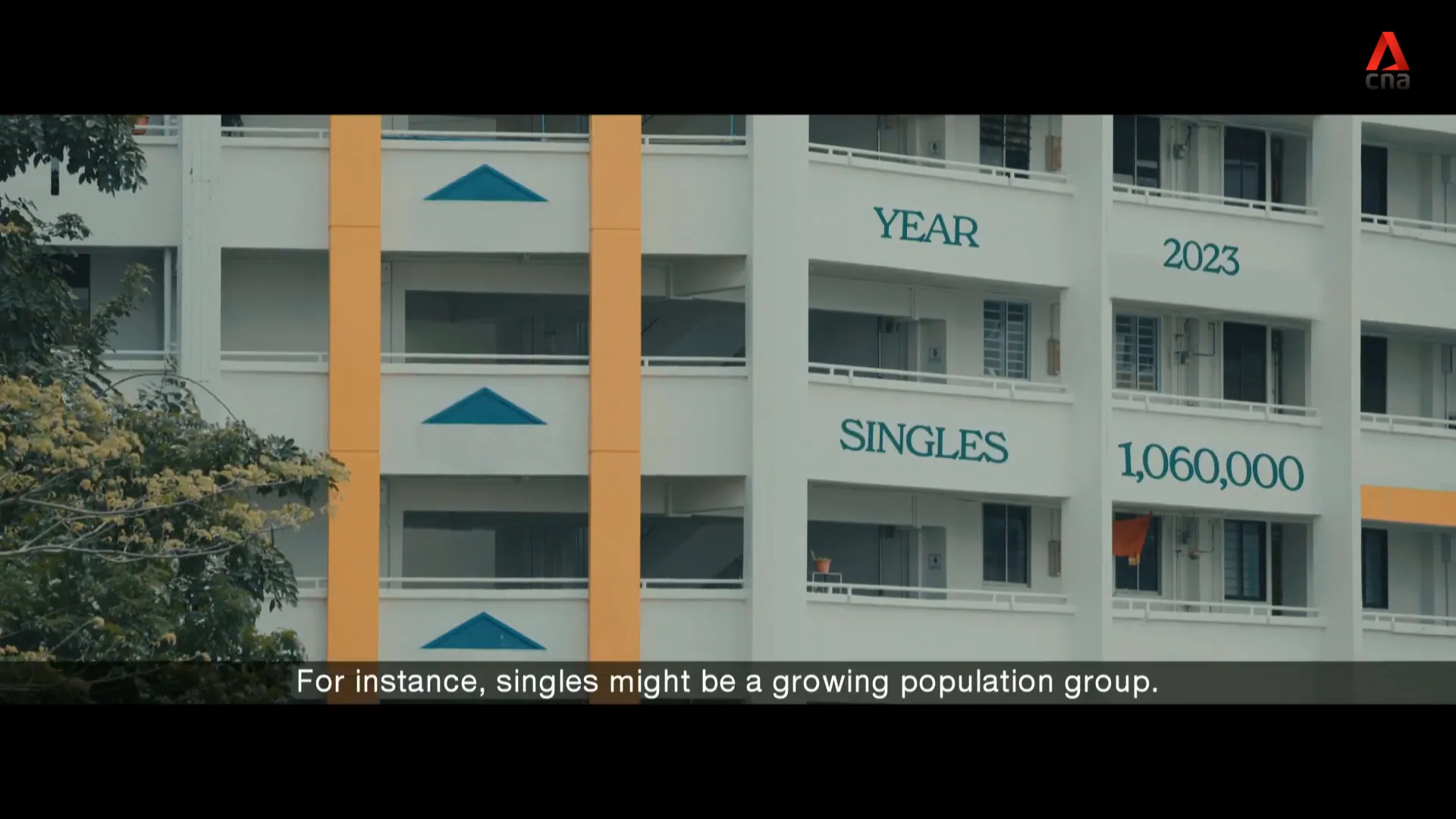
Reclamation and Expansion Strategies
As Singapore continues to face land constraints, reclamation projects are becoming increasingly vital. For instance, the planned reclamation of Long Island and the relocation of Paya Lebar Airbase promise to free up substantial land for future housing developments. This adds a critical layer to the planning process, allowing for the construction of more homes in desirable locations.
Moreover, the government intends to launch over fifty thousand new flats between 2025 and 2027, aiming to narrow the demand-supply gap. The hope is that these initiatives will provide more opportunities for Singaporeans to secure their own homes.
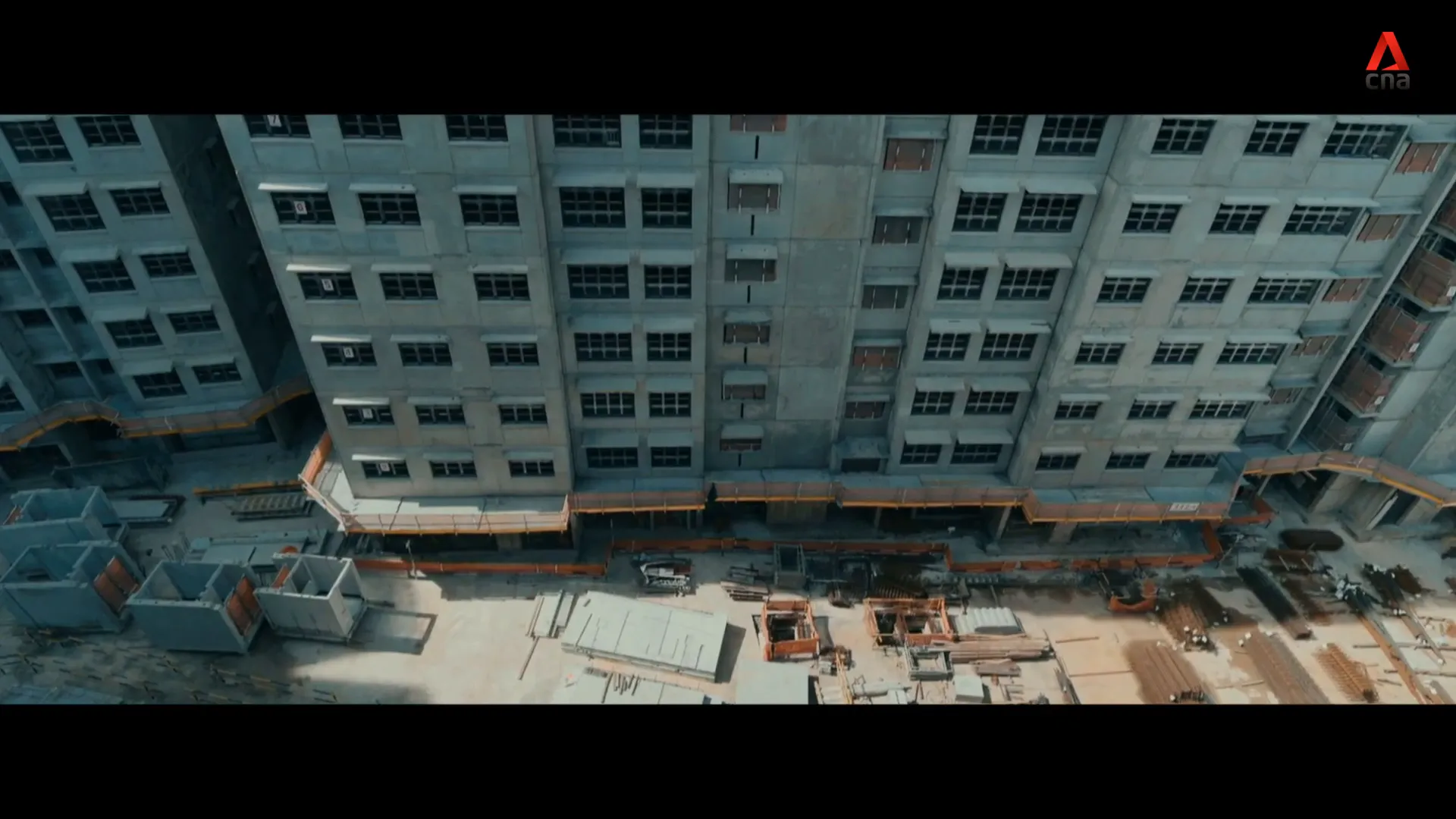
FAQ: Common Questions About HDB BTO Balloting
1. What is the HDB BTO Balloting process?
The HDB BTO Balloting process involves applying for a specific flat type and location. After applications are submitted, a computer algorithm randomly selects applicants based on various eligibility criteria and priority schemes.
2. How are queue numbers assigned?
Queue numbers are assigned randomly to shortlisted applicants. A lower queue number indicates a better chance of securing a preferred unit, as it determines the order in which applicants can select their flats.
3. What factors influence my chances of getting a flat?
Your chances depend on several factors, including whether you are a first-time applicant, your eligibility for priority schemes, and the number of flats available in your desired location. The demand for flats in popular areas often exceeds supply, making competition fierce.
4. Can I apply for more than one flat type?
No, applicants must choose a specific flat type and location when submitting their application. However, you can apply in multiple sales exercises for different flat types in subsequent launches.
5. How do I increase my chances of success?
To enhance your chances, consider applying in less popular areas, staying informed about upcoming launches, and being flexible with your preferences. Understanding the priority schemes and their eligibility criteria can also give you an edge in the balloting process.
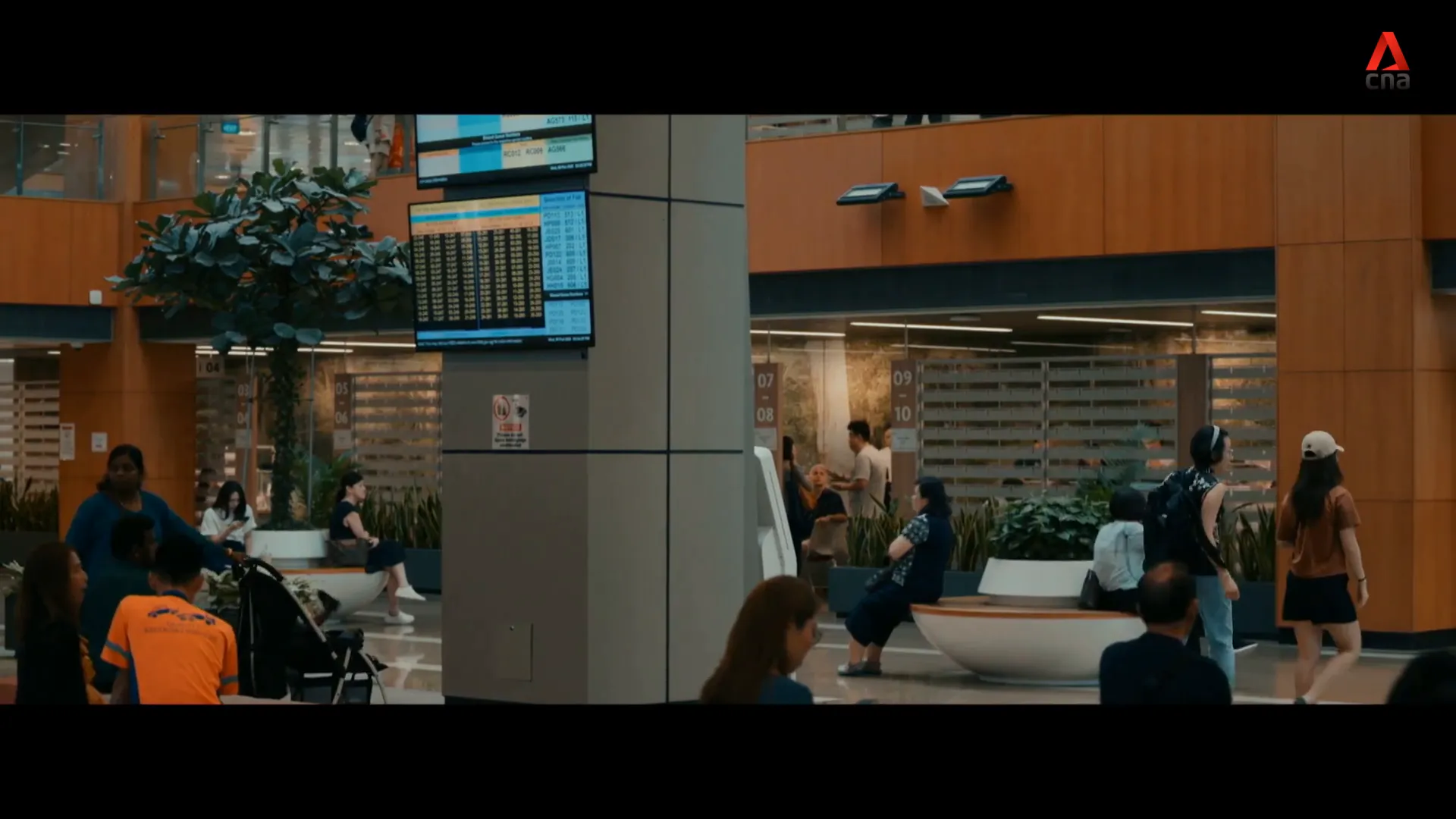
Disclaimer: This information is provided for informational purposes only. PropsBit.com.sg does not endorse or guarantee its relevance or accuracy concerning your situation. While careful efforts have been taken to ensure the content’s correctness and reliability at the time of publication, it should not replace personalized advice from a qualified professional. We highly recommend against relying solely on this information for financial, investment, property, or legal decisions, and we accept no responsibility for choices made based on this content.



